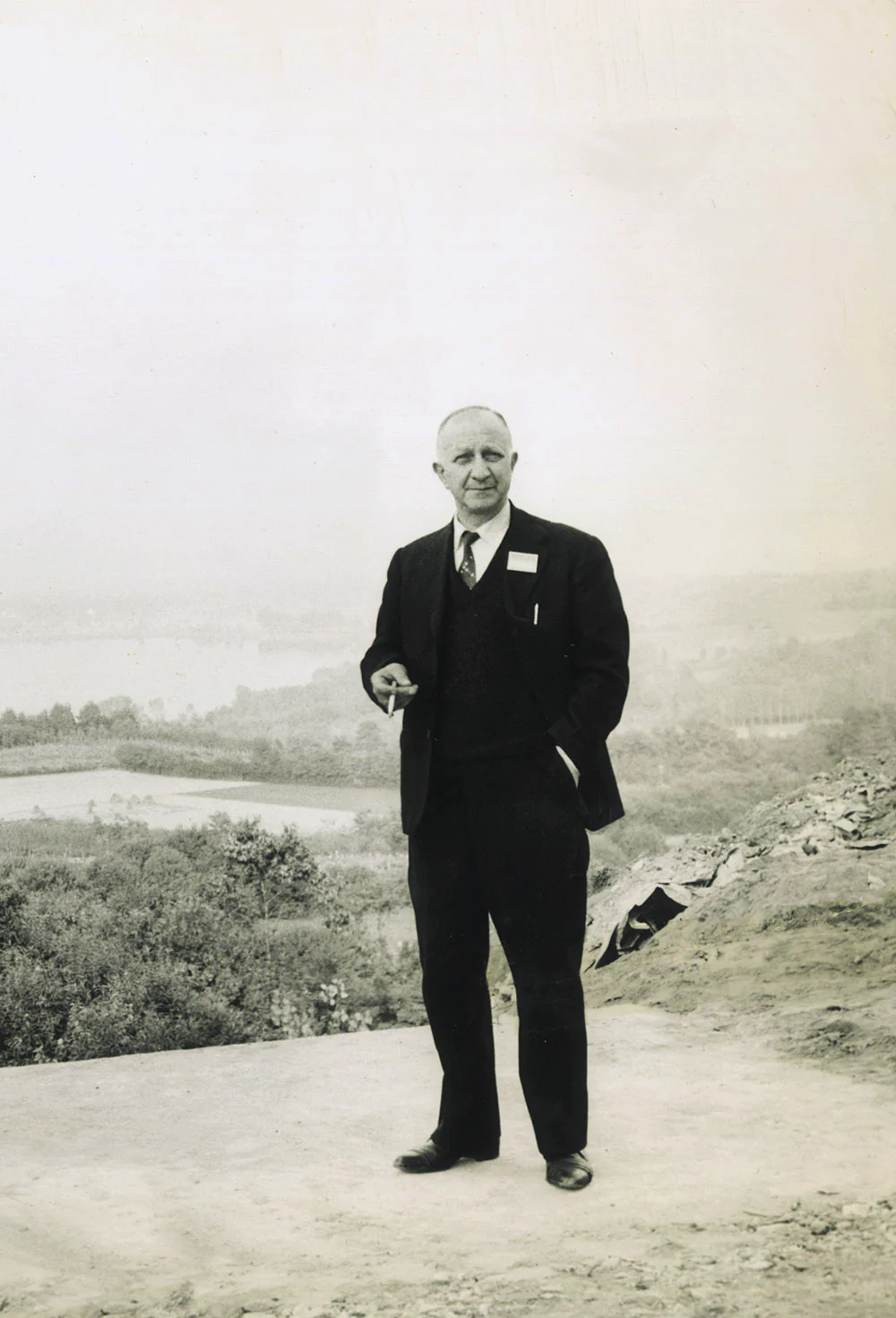Traditionally confetti are almonds from Avola, a town in Sicily’s province of Syracuse, encased in a hard outer shell of sugar. A symbol of good fortune and prosperity, they’re ubiquitous at all Italian celebrations, most frequent in the spring and summer, but of course not exclusively. At baptisms the confetti’s sugar coating is pink or blue; at first communions, confirmations, and weddings, white; at university graduations, red; and at wedding anniversaries, yellow for the 20th, silver for the 25th, aquamarine for the 30th, green for the 40th, gold for the 50th, and white again for the 60th.
When I first moved to Italy during the 1970s, there were numerous stores everywhere that sold confetti and their bomboniere. The name for these fancy confetti containers derives from the French word for candy or bon bon. They were originally (in 18th-century France) made of silver, crystal, or porcelain, but in the 1970s predominantly of porcelain. Once filled with confetti of the appropriate color, the store elegantly packaged them with a slim card or ribbon bearing a reminder of the occasion’s date and the celebrant’s name or names.
Today there are few such stores left–probably because fewer Italians are getting married or marrying at a later age, and subsequently having fewer children–if any. Moreover, today’s bomboniere are practical, needing less fancy wrappings: picture frames, keychains, salt-and-pepper shakers, bottle-openers, memo-clips, and paperweights. Not to mention that pistachios, hazel nuts, dried fruits, and chocolate can replace the almond as the filling.

Wedding confetti are presented in several ways, but typically, on the wedding day, confetti in little voile bow-tied bags, known as sacchetti, are often used as place cards. In addition, at the end of the wedding lunch the bride and groom go from table to table and distribute more to their guests. The groom carries a silver bowl full of loose confetti which the bride serves to guests from a large silver spoon.
In each sacchetto there’s always an odd number of confetti, thus an undividable number to symbolize an undividable union. Three represents the Holy Trinity; five: health, wealth, happiness, long life, and fertility; and seven because God made the world in seven days and there are seven sacraments.

Confetti were first mentioned by the ancient Roman gourmet Apicius. They were honey-coated almonds. Instead, confetti as we know them today date to the 15th century when melted sugar cane replaced honey as the sweetener. The earliest documents mentioning the use of sugar cane and confetti are in the local archives of Sulmona, a small town in the Abruzzi, and date to 1492/93. Around that time the nuns at the Sulmona convent of Santa Chiara started the tradition of wrapping sugar-coated almonds with silk threads of different colors and tying them together to create bouquets of flowers, bunches of grapes, ears of wheats, and rosaries, as gifts for young brides, noblemen, magistrates, and bishops.
Today glossy paper of different colors has replaced the silk thread and Sulmona, long been nicknamed “La Città dei Confetti” or “Confetti City”, is still the center of Italy’s confetti production, its streets lined with stores selling the above-mentioned confetti creations.
By 1846 there were 12 confetti “factories” in Sulmona including today’s two most important: “Pelino” which dates to 1783 and is run today by the family’s 8th generation and “William Di Carlo” which dates to 1833 and is run today by the family’s sixth generation. Its present director, William Di Carlo, told me an interesting family anecdote: “In 1909, according to an Ellis Island register, my great-grandfather Alfredo Di Carlo and his wife Rosina La Civita immigrated to New York where he worked at Tiffany’s as a cesellatore or jewel engraver. To Americanize the family, even before leaving, they named their first-born William, but then left him in Sulmona in the custody of Rosina’s maiden aunt, Zia Chiara. They had six more children in New York, but I don’t know if they ever saw their William again.”
Besides its “factory”, “Pelino” houses a two-storied 3-room museum of its early machines, tools, publicity posters, awards, documents, family portraits and photographs, a collection of bomboniere, a reconstructed workshop of confetti production, and the first telephone to have been installed in Sulmona (Via Stazione Introdacqua 55, entrance free, open Monday-Saturday 8:30-12:30/3-6 PM, closed Sundays and holidays).












